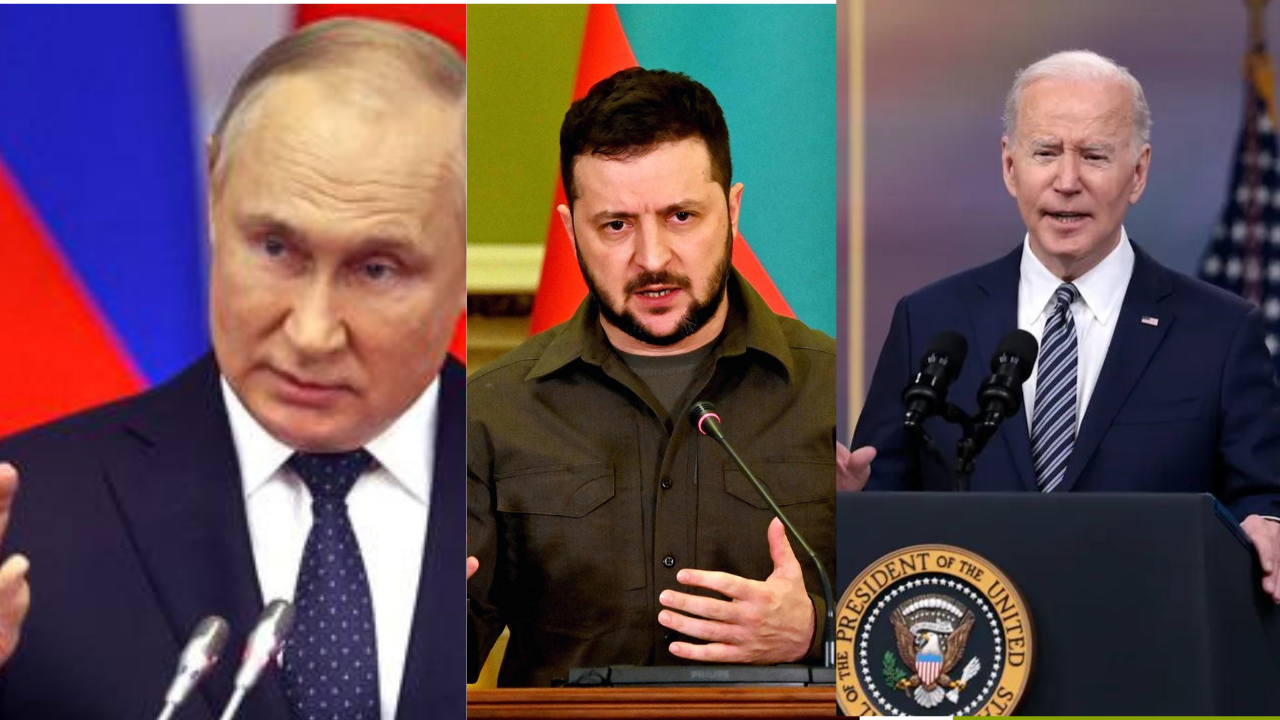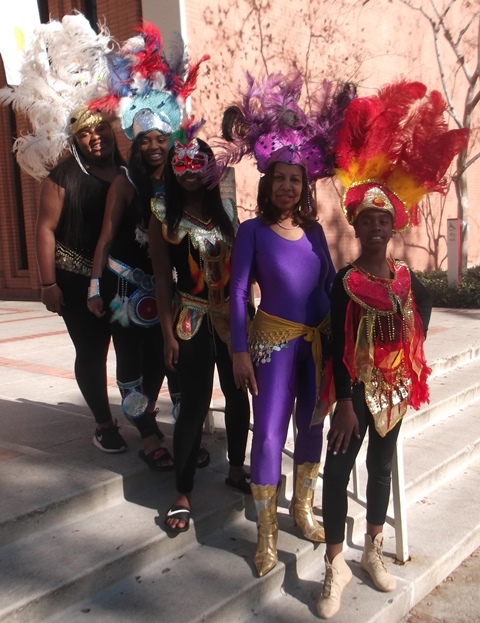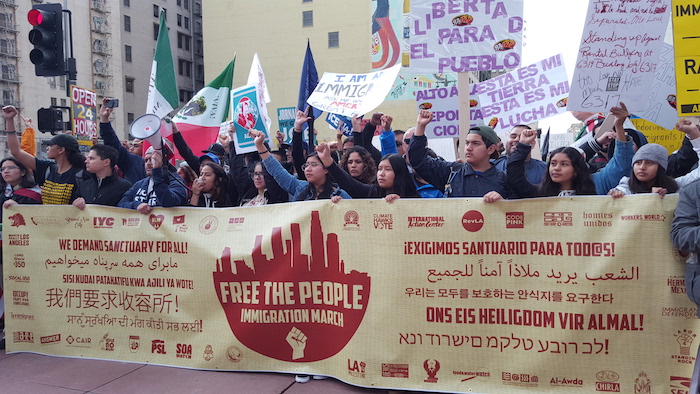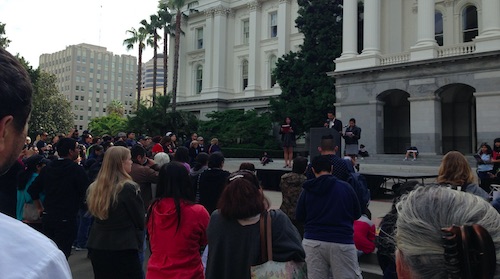Magazine, The Immigrant Experience
February 24 is considered one of the most unfortunate days in the history of Europe. On this day, the Russian Federation, under the repressive leadership of Vladimir Putin, declared the biggest war in Europe since World War II by attacking Ukraine. For declaring war, Russia used Ukraine’s political modernization as a pretext and provided justification that Western-leaning Ukraine was posing a constant threat to Russia, and subsequently Russia could not feel “safe, develop and exist.”
Russia started bombarding major cities in Ukraine and used lethal military force that resulted in more than 5,000 civilian casualties. According to the UN Office of the High Commissioner for Human Rights (OHCHR), the Russian attack caused 5,381 civilian casualties in Ukraine: 2,435 killed and 2,946 injured including 70 killed and 157 injured children.
Russia also blamed the West, especially the United States for playing an active role in Ukraine to incapacitate Russia. Russia’s foreign minister, while talking to the media on April 26, accused NATO of fighting a proxy war by supplying military aid to Ukraine: “NATO, in essence, is engaged in a war with Russia through a proxy and is arming that proxy. War means war.”
Ostensibly, Russian blame is not without grounds as US President Joe Biden pledged earlier this week $800 million in more weaponry for Ukraine while asking Congress for more money to help bolster support for the Ukrainian military. He also pledged to send heavy artillery, dozens of howitzers, and 144,000 rounds of ammunition, as well as tactical drones to provide additional aid for Ukraine.
However, before jumping to any conclusion, one needs to go deep into the history to decide which one from Russia and the US has been involved in foul play and which one made the right choice that favored the world and humanity.
Russia – a country that once enjoyed the status of a superpower – was a mostly agrarian nation that had not yet embraced industrialization until 1917 when it went through a deadly revolution followed by a civil war that lasted for years.
The Russian Revolution not only removed Russia from World War I but also transformed the Russian Empire into the Union of Soviet Socialist Republics (USSR) – the first Communist state on earth. Besides, the revolution set Russia on its path to industrialization and urbanization. Afterward, Russia brought about various industrial and economic reforms and achieved technological advancement which enabled it to declare itself a nuclear power in 1949.
Following the revolution, the USSR started pursuing an expansionist communist ideology. It signed the Molotov-Ribbentrop Pact with Germany in 1939, ensuring non-aggression between the two powers and enabling both to pursue military goals without interference from each other. This pact emboldened Germany leading it to attack Poland on September 1, 1939, and so World War II began as Great Britain and France had declared war on Germany subsequently on September 3.
The USSR, which played a significant role in triggering the war, remained a close ally of Germany for about two years and had been providing substantial support to Germany. However, it was taken by surprise when Germany invaded the Soviet Union in June of 194.
The Soviet Union was not ready for the war, so it took no defensive measures that could provoke Hitler. Resultantly, many Soviet territories were lost to Germany. At this point, the US came onto the scene and supplied needed goods worth $11.3 billion to the Soviet Union to support its fight against Nazi Germany.
This aid helped the USSR reclaim the Nazi-occupied territories of Byelorussia, Ukraine, the Baltic region, and eastern Poland. The Soviet Union continued its fight against the Nazis until the capture of Berlin and the German surrender to the Allies in May 1945.
This mega event in the history of modern nation-states clearly shows which power chose to stand on the right side of history by supporting others in their fight against a fascist that committed grave crimes against humanity.
In the post-WW-II era, the Soviet Union intensified its expansionism in Eastern Europe in a bid to spread communism all across the globe. This led to a continuous rift between the two power poles with each trying to contain the other. The capitalist’s motive – to increase world trade to achieve economic growth and promote democracy and free enterprise to make the world more free, stable, and peaceful – appeared to be more appealing to most countries than the communist motive which believed in none of these ideas.
In 1979, the USSR invaded Afghanistan which raised grave concerns for the West as the country was acting as a buffer against Russian encroachment. With the invasion of Afghanistan, it was feared that Russia not only could take control of India and other South Asian countries but also take hold of very important routes of maritime trade.
Compelled by the Soviet expansionist moves, the US jumped into the Afghan war and started supporting Afghan Mujahideen with the help of Saudi Arabia and Pakistan. As a result, the USSR lost the Afghan war in 1989 and collapsed in 1991 due to a heavy economic loss caused by the long-lasting war.
The US is still clearing up the mess created due to the Afghan invasion by Russia in the late 1970s. America supported Afghan refugees to settle down in other parts of the world, after intervening in Afghanistan to defeat the Taliban that was launched to fight the proxy war against the Soviets.
Russia has been repeating the same mistakes over and over again, and its decision to attack Ukraine in February 2022 is a continuity of these blunders. On the other hand, the US has always been coming forth to aid the world against the expansionist agenda of the Russians. History offers a comprehensive lesson to the nations to help them decide to support which ideology – the soviet expansionist communism or capitalism which undoubtedly is a driver of prosperity, innovation, and freedom.








